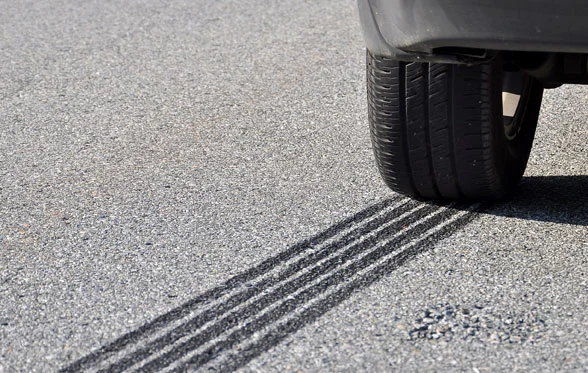Contained within Article 13 of (EU) 2019/631, which is the EU Regulation on the CO2 emissions performance standards for new passenger cars and for new light commercial vehicles, is a requirement for Type Approval Authorities to undertake testing on in-service vehicles to verify that their CO2 emissions and fuel consumption performance aligns with the figures specified on the vehicle’s Certificate of Conformity (CoC), and to check for the presence of onboard strategies to artificially improve the vehicle’s performance during type approval testing. Also contained within Article 13 is an instruction to the European Commission to develop the processes and procedures necessary to allow the Type Approval Authorities to implement this requirement.
In response to this instruction, the European Commission have generated both a Delegated Regulation and an Implementing Regulation, both of which were published in the Official Journal of the European Union on 18th December 2023. The Delegated Regulation, (EU) 2023/2867, sets out the guiding principles and criteria for the verification testing of in-service vehicles, whist the Implementing Regulation, (EU) 2023/2866, specifies the detailed processes and procedures relating to the verification of CO2 emissions and fuel consumption figures.
The following is a very brief summary of some of the key requirements specified within these two EU Regulations:
- Each Type Approval Authority must define an annual in-service verification testing plan.
- The number of "in-service verification families"selected for in-service verification testing is based on the number of emissions type approvals issued by that Type Approval Authority in the preceding three years.
- "In-service verification families"are defined as vehicles which were granted emissions type approval based on the same Type 1 emissions test.
- The number of "in-service verification families"selected for testing must be at least 2% of the total number of "in-service verification families"to which the Type Approval Authority has issued emissions type approvals in the preceding three years.
- Included within the "in-service verification families"selected for testing must be at least one "in-service verification family"from each vehicle manufacturer to which the Type Approval Authority has issued emissions type approvals in the preceding three years.
- In selecting "in-service verification families"for testing, the Type Approval Authority shall take into account any data received from other Type Approval Authorities, Market Surveillance Authorities, the European Commission or the public, such as complaints, risk assessments, results from previous testing, etc.
- The verification testing carried out on in-service vehicles should include a combination of chassis dynamometer testing following the WLTP test cycle, road load (coastdown) testing and/or chassis dynamometer testing following "non-standard"test cycles.
- The verification testing must be carried out by a different Technical Service to the one that carried out the type approval testing for that model, and the testing must be carried out at the Technical Service’s facilities, not witnessed at the vehicle manufacturer’s facilities.
- The number of representative in-service vehicles of one "in-service verification family"subjected to chassis dynamometer (WLTP) testing and/or to road load (coastdown) testing must be between 3 and 10. However, chassis dynamometer (non-standard test cycle) testing need only be carried out on one vehicle.
- The in-service vehicles to be used for the verification testing must be no more than 2 years old and have a mileage between 3,000km and 40,000km. However, if the Type Approval Authority cannot find sufficient vehicles meeting these criteria, it is permitted to use vehicles up to 5 years old with a mileage up to 100,000km.
- Before being used for verification testing, the Type Approval Authority must check and ensure that the in-service vehicles have been properly maintained, not subject to abuse and are in good working order.
- Copies of the test reports from all verification testing must be provided to the European Commission. Copies of the test reports will also be provided to the manufacturer of the vehicle that has been subjected to testing.
- If the conclusion from the verification testing is that the CO2 emissions and fuel consumption performance of the in-service vehicles deviates from the type approved values, the vehicle manufacturer has 20 days to contest the test results.
- If the final conclusion from the verification testing is that the CO2 emissions and fuel consumption performance of the in-service vehicles deviates from the type approved values, the European Commission will recalculate the vehicle manufacturer’s average specific CO2 emissions for the relevant calendar year, and for subsequent calendar years, to include the value of the CO2 emissions deviation identified by the verification testing.
